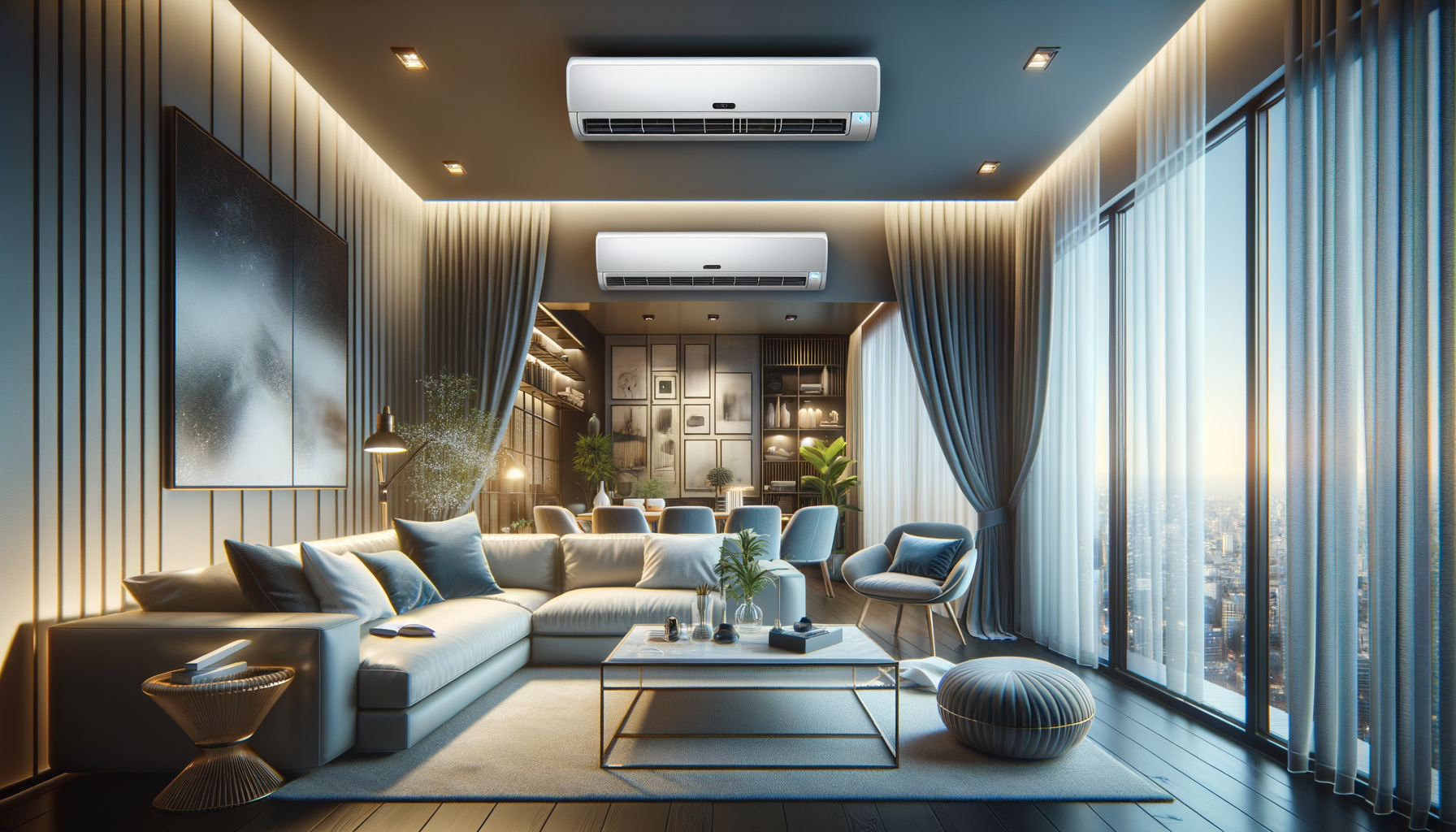
Ductless Air Conditioning: Insights from Users After Installation
Introduction to Ductless Air Conditioning
Ductless air conditioning systems, also known as mini-split systems, have gained popularity for their flexibility and efficiency. Unlike traditional HVAC systems, ductless units do not require ductwork, making them an attractive option for older homes or spaces where installing ducts is impractical. These systems consist of an outdoor compressor and one or more indoor air-handling units, providing a tailored climate control solution. As energy efficiency and personalized comfort become increasingly important, understanding the nuances of ductless air conditioning is essential for homeowners and businesses alike.
How Ductless Systems Work
Ductless air conditioning systems operate by transferring heat between the inside and outside of a building. The outdoor unit contains the compressor, which pumps refrigerant through copper lines to the indoor units. These indoor units distribute the cooled or heated air directly into the living space. This design eliminates the need for ductwork, which can often be a source of energy loss. By contrast, ductless systems offer:
- Individual room control, allowing users to adjust temperatures in specific areas.
- Reduced energy consumption due to the absence of ducts.
- Quiet operation, as the noisy components are located outside.
The ability to control the climate in individual rooms is a significant advantage, particularly in homes with varying occupancy patterns. Additionally, the absence of ductwork reduces the opportunity for allergens and dust to circulate, contributing to better indoor air quality.
Benefits of Ductless Air Conditioning
Ductless air conditioning systems offer several advantages that make them a compelling choice for many. One of the primary benefits is their energy efficiency. Traditional duct systems can lose up to 30% of energy through leaks and poor insulation. In contrast, ductless systems deliver air directly to the space, minimizing energy waste. Other benefits include:
- Easy installation, with minimal disruption to the home.
- Flexibility in design, as indoor units can be mounted on walls, ceilings, or floors.
- Enhanced comfort with zoned temperature control.
- Potential for reduced utility bills due to efficient operation.
For homeowners looking to upgrade their heating and cooling systems, ductless air conditioning provides a modern solution that aligns with energy-saving goals and comfort needs. The ability to install units in specific areas without extensive renovation work makes it an ideal choice for retrofitting older homes or adding climate control to new spaces.
Considerations Before Installation
While ductless systems offer numerous benefits, there are important considerations to keep in mind before installation. Firstly, the initial cost can be higher than traditional systems, although this is often offset by energy savings over time. It’s also crucial to assess the home’s insulation and overall energy efficiency to ensure optimal performance of the ductless system. Key considerations include:
- Choosing the right capacity and number of units for the space.
- Ensuring proper placement of indoor units for effective airflow.
- Understanding maintenance requirements, such as regular filter cleaning.
Consulting with a professional installer can help determine the most suitable configuration for a specific home or business. They can provide insights into the best practices for installation and maintenance, ensuring the system operates efficiently and effectively.
Conclusion: Is Ductless Air Conditioning Right for You?
Ductless air conditioning systems present a compelling option for those seeking efficient and flexible climate control solutions. With benefits like energy efficiency, easy installation, and zoned temperature control, they cater to modern demands for comfort and sustainability. However, potential buyers should weigh the initial investment against long-term savings and consider their specific living environment. By taking these factors into account, homeowners and businesses can make informed decisions that enhance comfort while contributing to energy conservation. As the demand for tailored climate solutions grows, ductless air conditioning stands out as a viable and effective choice.